While cities like Madrid, Barcelona, and even Toledo are some of the country’s most popular travel destinations, Zamora, near the Portuguese border in Castilla y León, is among the country’s best-kept secrets. Its history, medieval architecture, and natural landscapes offer an incredible experience. This provincial capital is located along the mighty Duero River and is famous for its ancient streets and traditional cuisine.
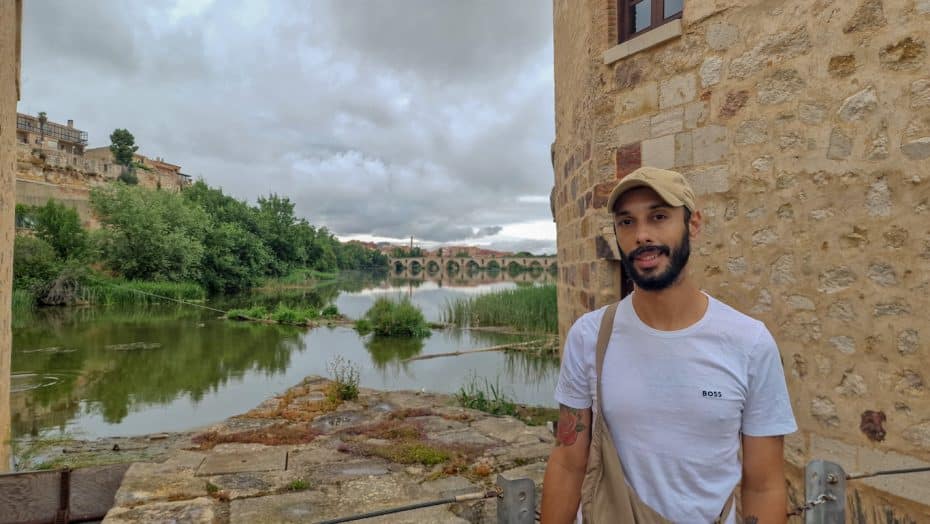
Whether uncovering historical treasures or enjoying scenic views, countless aspects of Zamora evoke a sense of enchantment for this lesser-known destination. This post will examine the top attractions, activities, and cultural experiences that make Zamora worth visiting.
Is Zamora Worth Visiting?
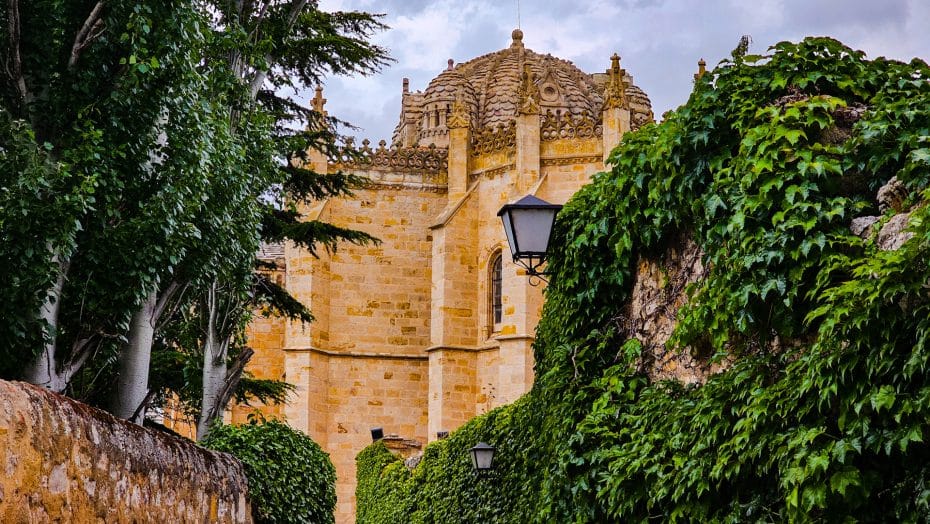
Yes, Zamora is definitely worth visiting. Its wealth of Romanesque churches offer some of Europe’s best examples of Early Medieval architecture. The old town is a treasure with many of these well-preserved buildings. It might sound clichéed, but wandering through Zamora takes you back in time.
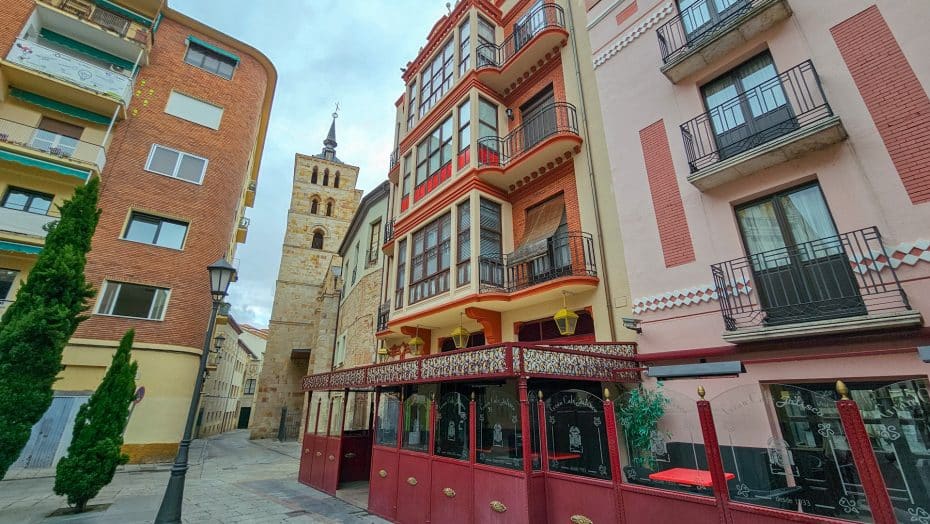
Besides its architectural wonders, Zamora is also famous for its gastronomy. Local dishes like “bacalao a la tranca” (codfish with red peppers) and mushrooms are regional favorites. The wine from the Toro region is also a highlight. For anyone who enjoys authentic Spanish cuisine and historical sites, Zamora offers more than enough reasons for a visit.
In case you missed it…
What is Zamora Known For?
Zamora, while not well known outside Spain, is famous locally for several things.
1. Medieval City Center
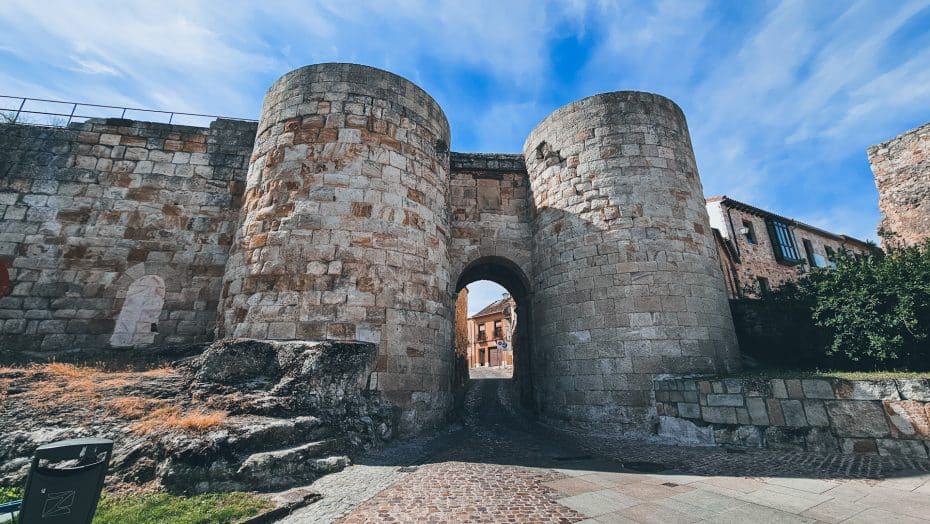
Zamora has incredible architecture and impressive city walls that date back to the medieval period. The Romanesque style is characterized by semi-circular arches, robust structures, and decorative arcading. Zamora has over twenty-four Romanesque churches, more than any other European city.
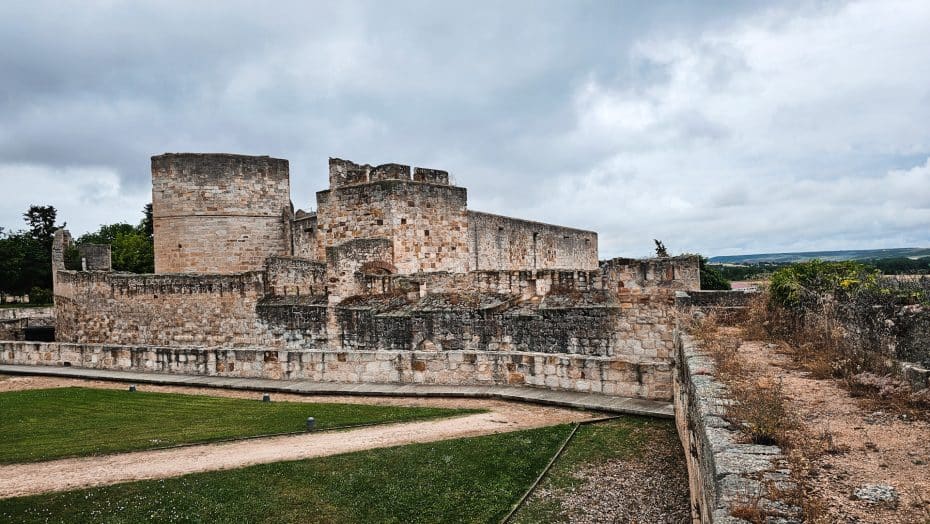
One notable example is the Cathedral of Zamora, built in the 12th century. Its dome stands out for its Byzantine influence. The Church of San Pedro de la Nave, dating from the 7th century but rebuilt in the Romanesque style in the 12th century, showcases detailed stone carvings and historical frescoes. Another significant example is the Castle of Zamora, constructed in the 11th century. The castle overlooks the Duero River and has well-preserved keeps and defense towers.
2. Art Nouveau Architecture
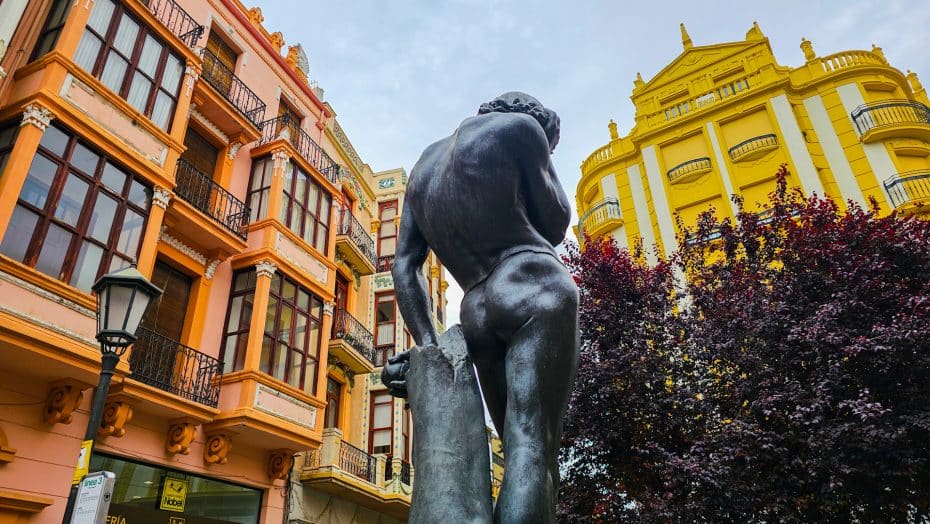
Other than Romanesque, Zamora is also famous for its Art Nouveau architecture, particularly around Plaza Sagasta. This style, locally called Modernismo, mirrors the architectural movement in Barcelona. The Art Nouveau European Route includes Zamora and other cities like Paris, Brussels, and Budapest.
Although Brussels, Paris and Munich were its epicentres, Art Nouveau can be seen as a thoroughly ‘international’ movement.
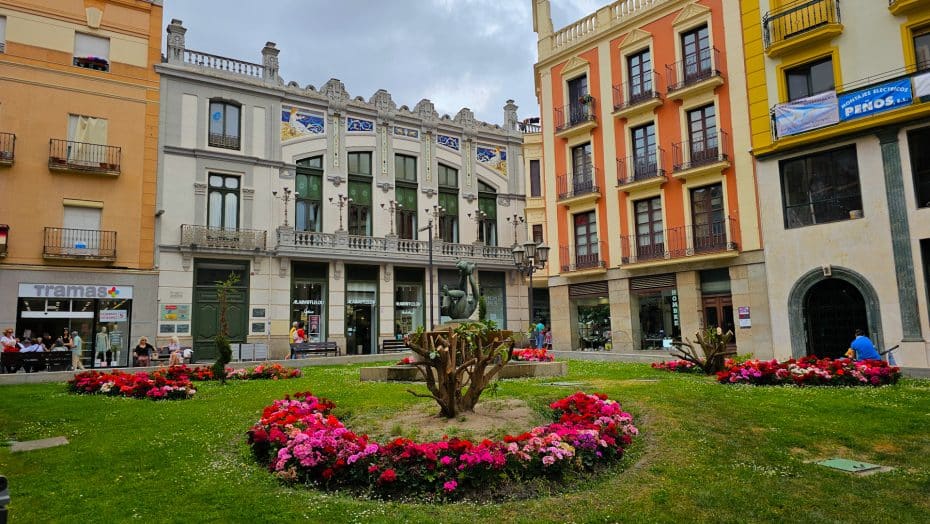
In Zamora, several examples of Art Nouveau can be seen along Calle de San Torcuato and Plaza Sagasta. These buildings feature floral patterns, ornate ironwork, and organic shapes typical of the style. Architects like Francisco Ferriol and Gregorio Pérez Arribas influenced the spread of Modernismo in Zamora.
3. Aceñas (Medieval Mills)
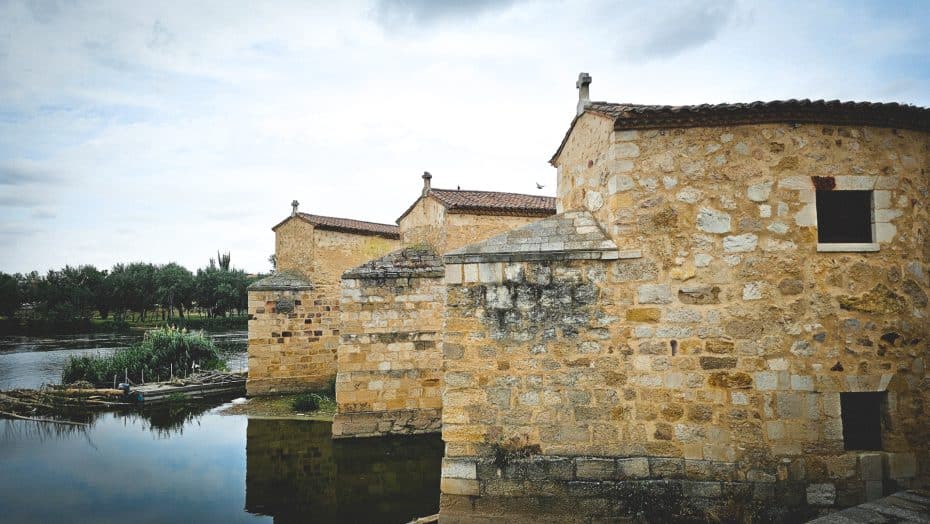
The Zamora Aceñas are well-known old water mills. Their origins trace back to medieval times. They served the city by grinding grain and spinning wool using the power of the Duero River.
The city’s most famous river mills, Aceñas de Olivares, are located near the cathedral in the historic Olivares neighborhood. These mills show medieval engineering skills and were vital for Zamora’s economy centuries before the Industrial Revolution.
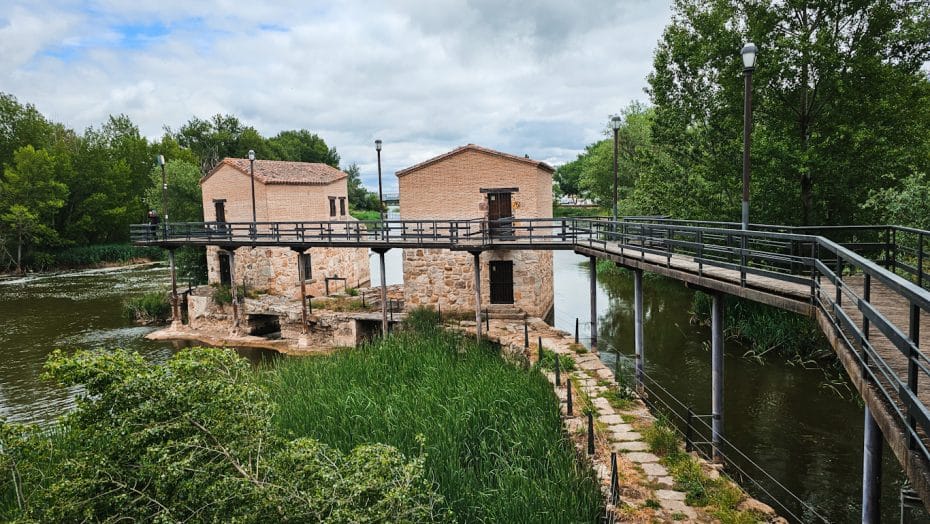
In recent years, some mills have been restored and can be visited to learn more about their working mechanisms and history.
4. Traditional Food and Wines

Zamora is renowned for its hearty cuisine and excellent wines, making it a standout in Spain’s diverse culinary scene. The region’s traditional dishes often feature local ingredients like lamb, chickpeas, and fresh vegetables. One popular dish is ‘Arroz a la Zamorana,’ a rich, flavorful rice dish that includes various types of meat.
Furthermore, the region offers superb sheep’s milk cheeses, such as Zamorano cheese. These creamy cheeses pair perfectly with a glass of local wine.
5. Duero River & Natural Beauty
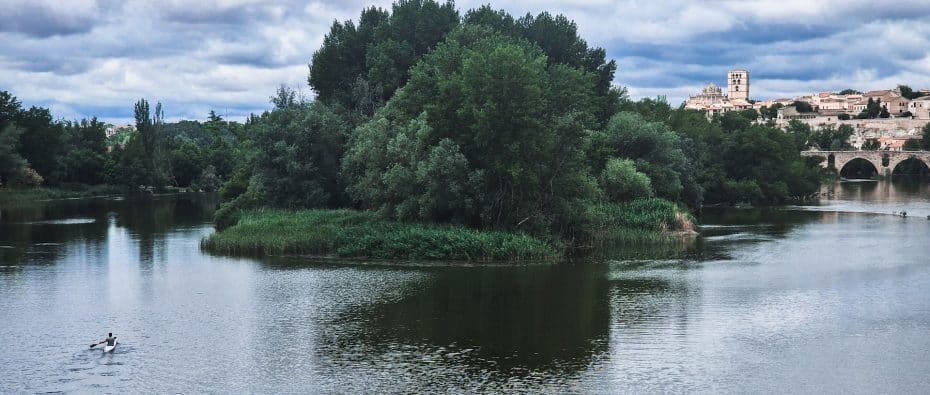
The Duero River is known for its stunning natural scenery in Zamora. The views along the river are serene, with pristine waters reflecting the lush greenery and historic bridges. The riverbanks are ideal for a relaxing walk, enjoying the peaceful surroundings, and watching local wildlife.
Further afield, the landscape is dotted with vineyards, which produce some of Spain’s best wines. This combination of natural beauty and cultural heritage makes exploring the Duero and its surroundings a memorable experience.
6. Semana Santa Celebrations
Semana Santa in Zamora is known for its striking processions. Each year, brotherhoods march through the streets in elaborate robes, holding large wooden statues of biblical scenes. These statues are true works of art, crafted by local artisans and passed down through generations. The atmosphere turns somber as drums beat slowly, creating a sense of solemnity and devotion.
Easter is the most important social and religious event in the city, which reaches several very intense moments throughout the ten days in which the city is immersed in its processions.
The most famous procession occurs on Good Friday when thousands gather to watch the “Procesión del Silencio.” Here, participants walk in complete silence, lit only by candles. Another highlight is the “Procesión de las Capas Pardas,” where participants wear brown capes and carry lanterns.
Personal tip: While Zamora is by no means a crowded tourist destination in Spain, Semana Santa is the city’s busiest week. As such, we recommend you book your accommodation well in advance.
7. Up-and-Coming Street Art Scene
An emerging street art scene adds a flair of contemporary culture to the otherwise ancient city. Local artists transform walls into vibrant canvases, making neighborhoods throughout the city colorful and dynamic.
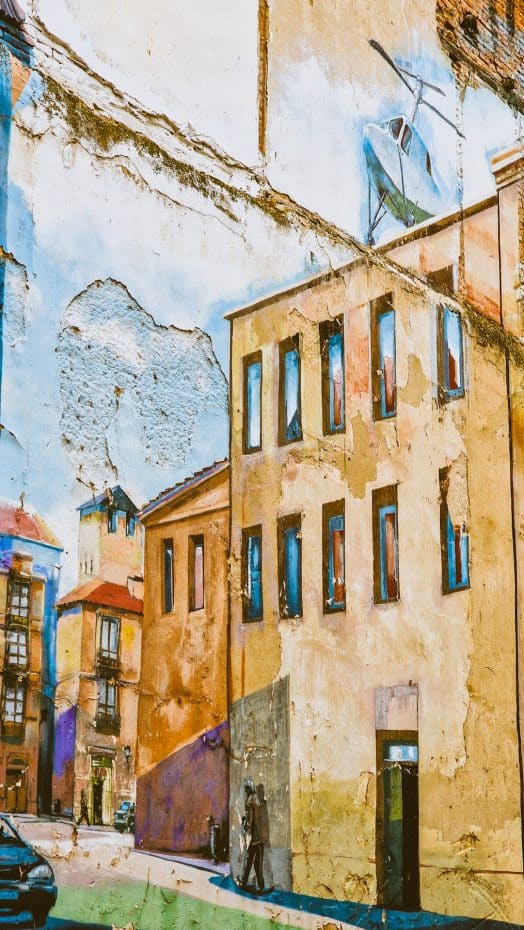
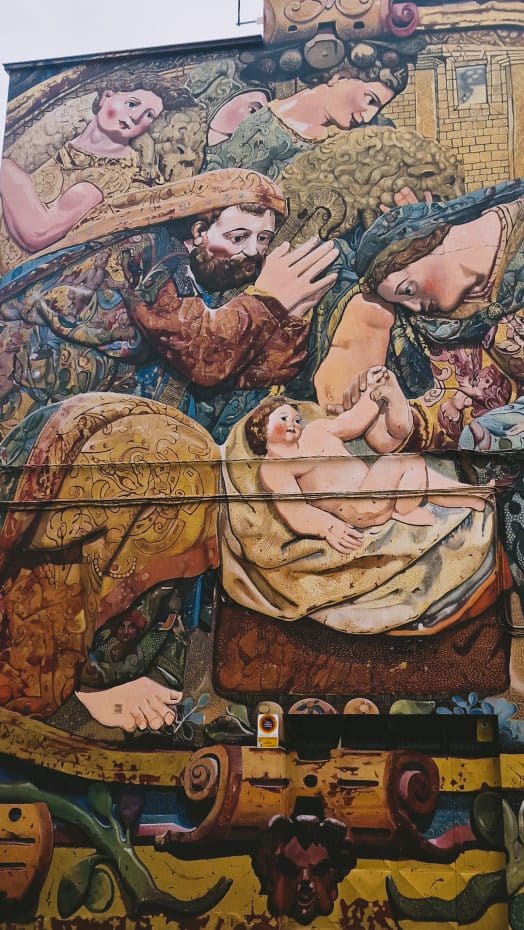
Zamora’s street art captures both tradition and modernity. The city’s murals often feature themes like Semana Santa and religious depictions. A gigantic mural honors Doña Urraca, an important historical figure in the city center. Alongside these are more contemporary artworks, using bold colors and abstract designs. The mix of old and new in Zamora’s street art tells a story of the city’s evolving culture.

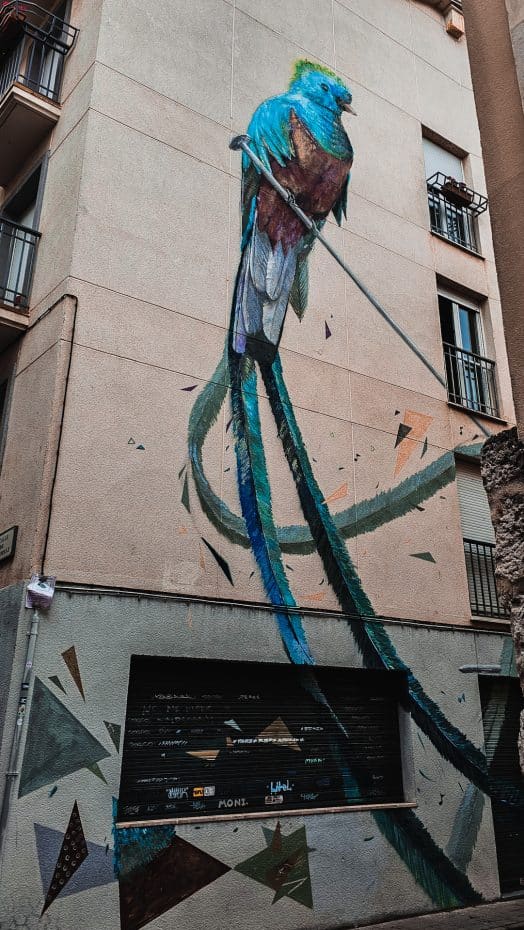
Personal tip: Check out the alleyways around Plaza Mayor for hidden murals that aren’t immediately visible from the main streets.
8. Zamora Railway Station and Connectivity
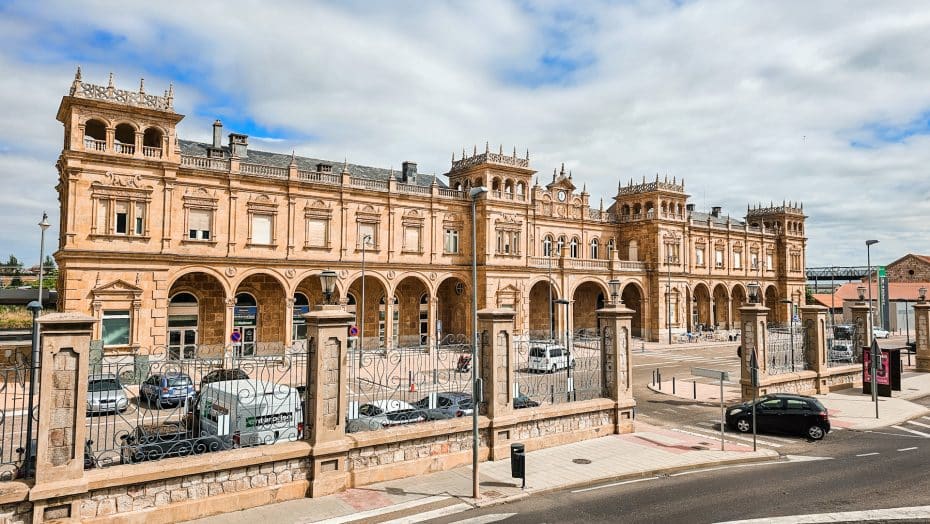
Located near the city center, Zamora Railway Station is considered one of the most beautiful in Spain. Inaugurated in 1958 after nearly 30 years of construction starting in 1927, is a highlight with its mock-plateresque architecture. This style gives the station a grand and historic look. The station’s design and monumental status make it worth visiting. Beyond its architectural beauty, the station provides easy access to other cities around Zamora.
Situated on the important rail line between Madrid and Galicia, it provides easy and efficient access to Zamora and daily services from major cities like Madrid, Salamanca, and Valladolid.
What’s in Zamora? 10 Top Attractions to Visit
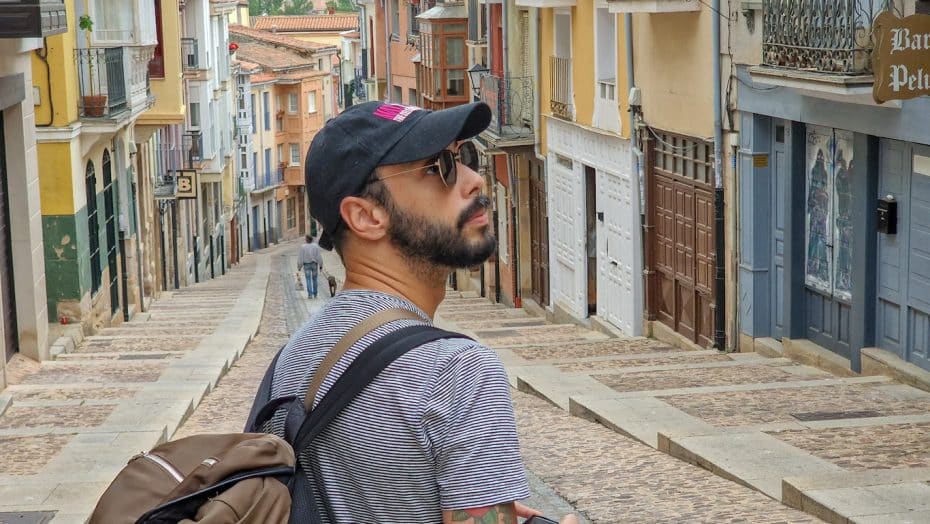
- Castillo de Zamora: The castle dates back to the 11th century and offers amazing city views from its walls and watchtowers.
- Cathedral of Zamora: Known for its distinctive dome, it displays Romanesque elements. The interior houses impressive altars and chapels.
- Puente de Piedra: This medieval stone bridge spans the Duero River, linking the old city with the newer parts. It is a great place to observe local life and enjoy a peaceful riverside walk.
- Church of San Pedro de la Nave: An excellent example of Visigothic architecture located just outside Zamora. Its intricate carvings tell stories from the Bible.
- Zamora’s Romanesque Churches: The city has many Romanesque buildings, including Santa Maria Magdalena and San Cipriano, each with unique architectural features.
- Museo de Semana Santa de Zamora: This museum is dedicated to the Holy Week processions and displays traditional floats, costumes, and other artifacts used in the celebrations.
- Plaza Mayor: This is the main square, surrounded by historical buildings, including the old Town Hall. It is a perfect spot to relax, people-watch, and have drinks or tapas.
- Parque del Castillo (Castle Park): This green space around the city’s castle is ideal for picnics or leisurely walks. It offers shaded paths, great city views, and a sculpture garden.
- Puerta de Doña Urraca: Once part of the city’s fortifications, this gate now stands as a reminder of Zamora’s defensive past. It marks one of the entrances to the historic quarter.
- Plaza de Viriato: This cozy square in Zamora is surrounded by historic buildings and cafes. It includes a statue of Viriato, a local hero.
Can you visit Zamora on a Day Trip from Madrid?
Zamora is about 280 kilometers from Madrid, and a direct high-speed train takes 1 hour and 30 minutes. The city is compact, with many attractions within walking distance. While you can visit Zamora as a day trip from Madrid, spending a night allows more time to explore its medieval architecture, Romanesque churches, and delicious local cuisine without rushing. Train schedules are regular but not as frequent as on other, busier lines across the Peninsula. Therefore, timing a return to Madrid on the same day can be tricky (but not impossible).
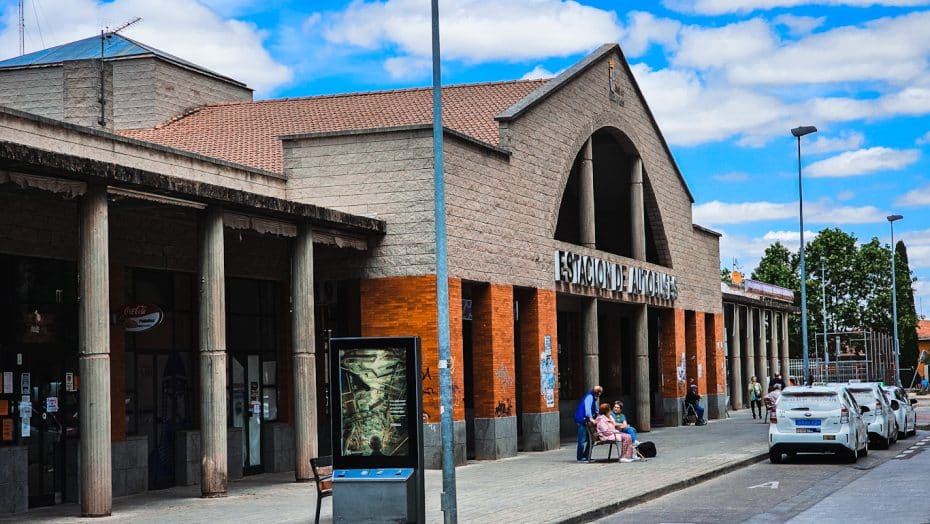
If you’re on a budget, regular buses operate from Madrid Estación del Sur to Zamora Bus Station. Travel time is around 3 hours, and tickets are about €20 per way.
Where to Stay When Visiting Zamora?
The best area to stay in Zamora is the Old Town. Most hotels here are close to major attractions such as the Zamora Cathedral and the Castle. The area is walkable, with cobblestone streets and traditional Spanish architecture. Consider the Judería Vieja area (where we stayed on our last trip) for a quieter stay. This area also has easy access to central attractions.
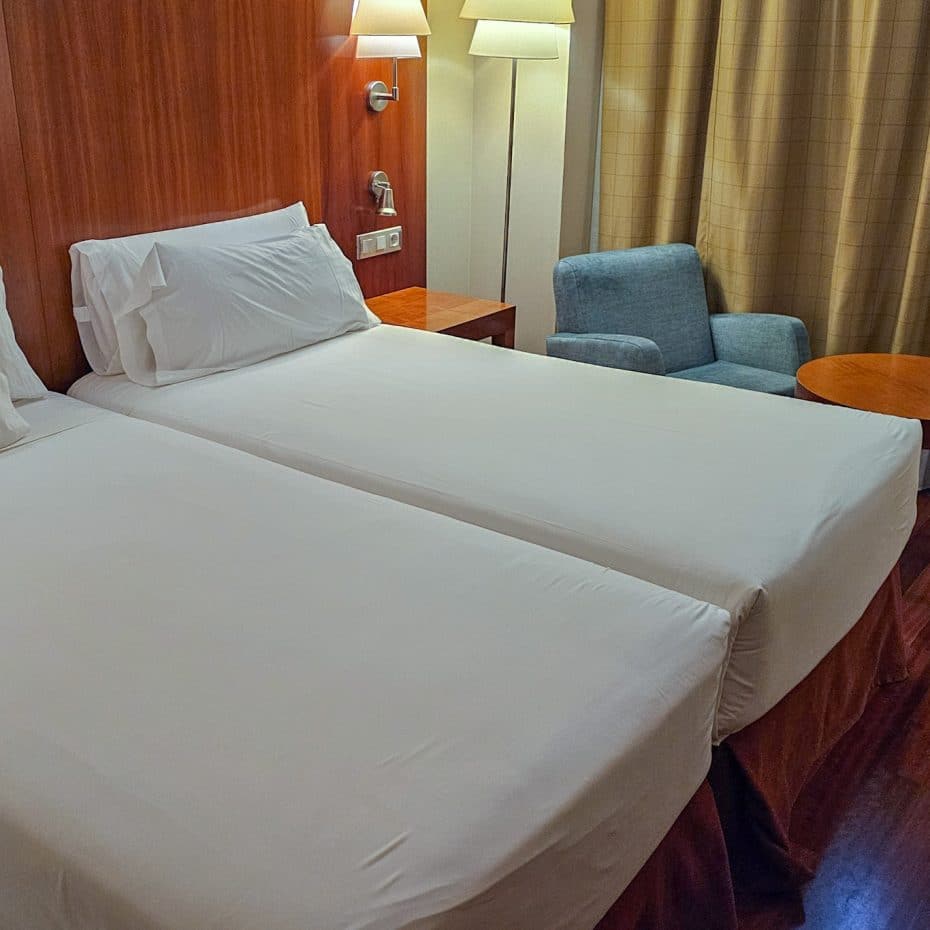
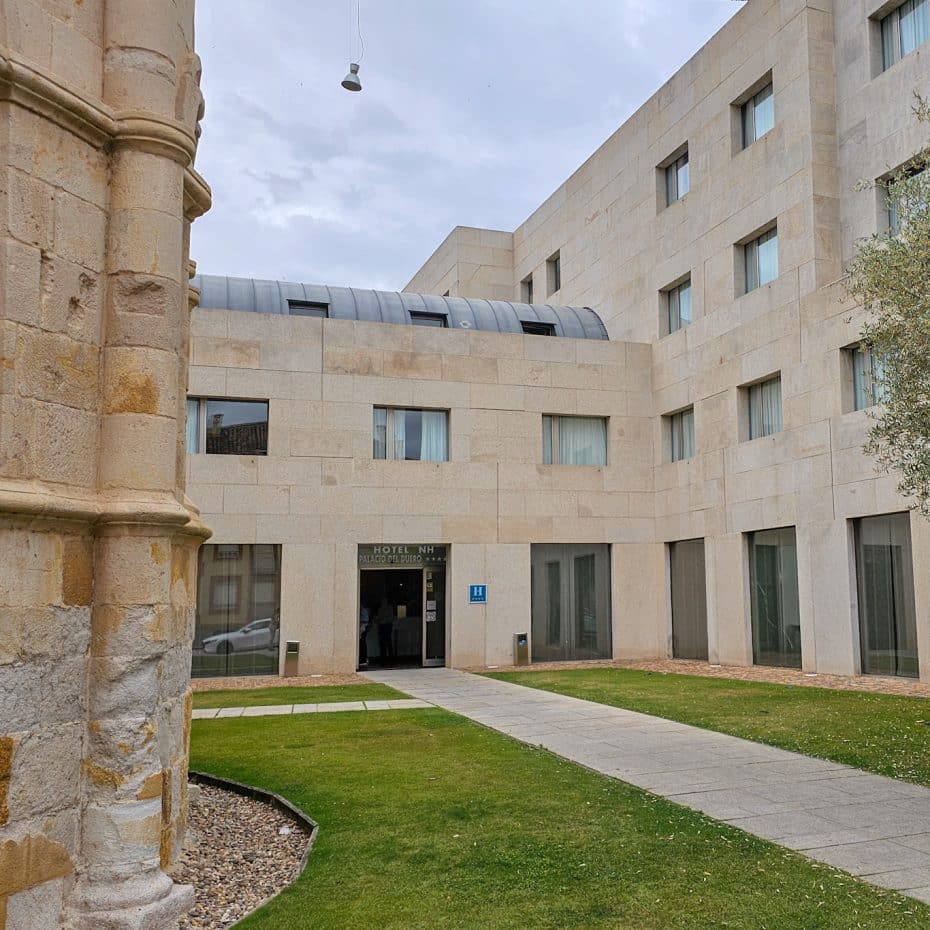
During my recent visit to Zamora, I stayed at the four-star Hotel NH Palacio del Duero. The hotel is in a converted 15th-century convent, blending historic architecture with modern comforts. The rooms were okay-sized and well-maintained, and the breakfast selection was excellent, featuring local cheeses and pastries. Exploring Zamora was easy as most attractions are within walking distance.
Visit Zamora: Historical Context for Your Visit
Zamora has a rich and complex history, but its origins are somewhat blurry. The most accepted theory of its foundation dates back to the early Bronze Age. Later, during the Iron Age, the Celtic Vaccei people occupied it, calling it “Ocalam.” The settlement continued during the Roman Empire. It is often identified with the important town of Ocelo Durii (“Eye of the Douro”).
After the fall of the Roman occupation in Iberia, Zamora became an important city during the Visigothic period but faced numerous invasions. The Moors captured it in 714 AD and held it for several centuries, calling it “Azemur” or “Semurah.”
Christian recapture during the 11th century marked a new chapter. King Alfonso III initially took it back in the 9th century, with final consolidation under Ferdinand I of León in 1055. Due to its strategic location, the city played an important role during the Reconquista.
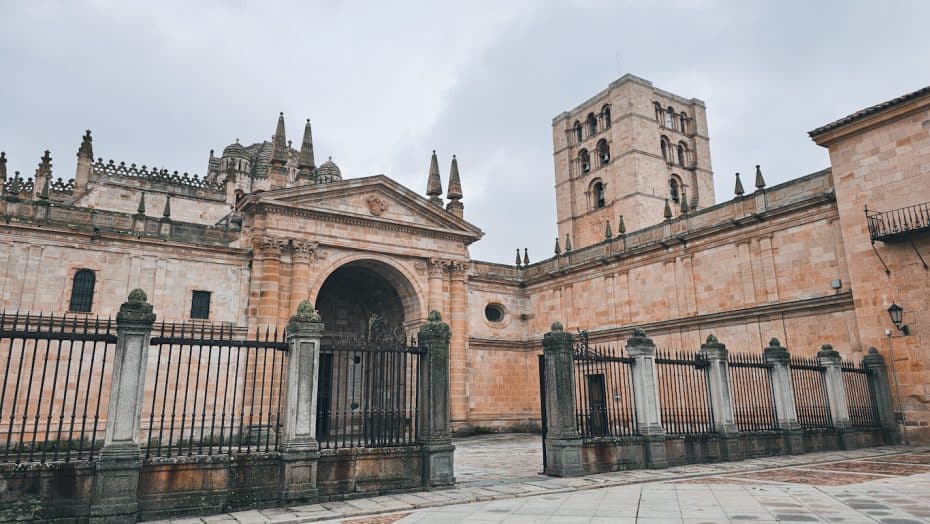
By the Middle Ages, Zamora had evolved into a fortified city with impressive stone walls and numerous churches, often described as “a city of Romanesque.” The construction of its iconic cathedral began during this era, commencing around 1151 AD, and finished roughly thirty years later. With its unique dome, the cathedral showcases Byzantine influences.
“The Romanesque city”. This is how Zamora is known for being one of the European cities that concentrates the largest number of Romanesque churches in its urban area.
Throughout medieval times, Zamora was frequently involved in regional conflicts and power struggles among various kingdoms. It was also a key player in the wars between Castile and León. Agriculture and trade flourished by the late Middle Ages, bolstered by its protected status within sturdy walls and strategic location along the Duero River.
Jewish life flourished during this era. The Jewish community contributed to early industries along the Duero River, including textile manufacturing and commerce. Despite periods of conflict and unrest, Jewish residents continued to play an essential role in local economics and culture.
The date when the Jewish quarter was erected is not known. It was situated outside the city walls on the site known as Vega, where there was a separate group of houses, as well as the synagogue.
During the Renaissance, Zamora witnessed transformations. The construction of grand buildings, such as the Church of San Juan de Puerta Nueva, reflects the era’s artistic advancements. The establishment of palatial homes by influential families also marked this period.
Zamora’s role in regional trade expanded due to strategic alliances and improved infrastructure. Merchants constructed robust warehouses and mills (Aceñas) for grain storage and flour production.
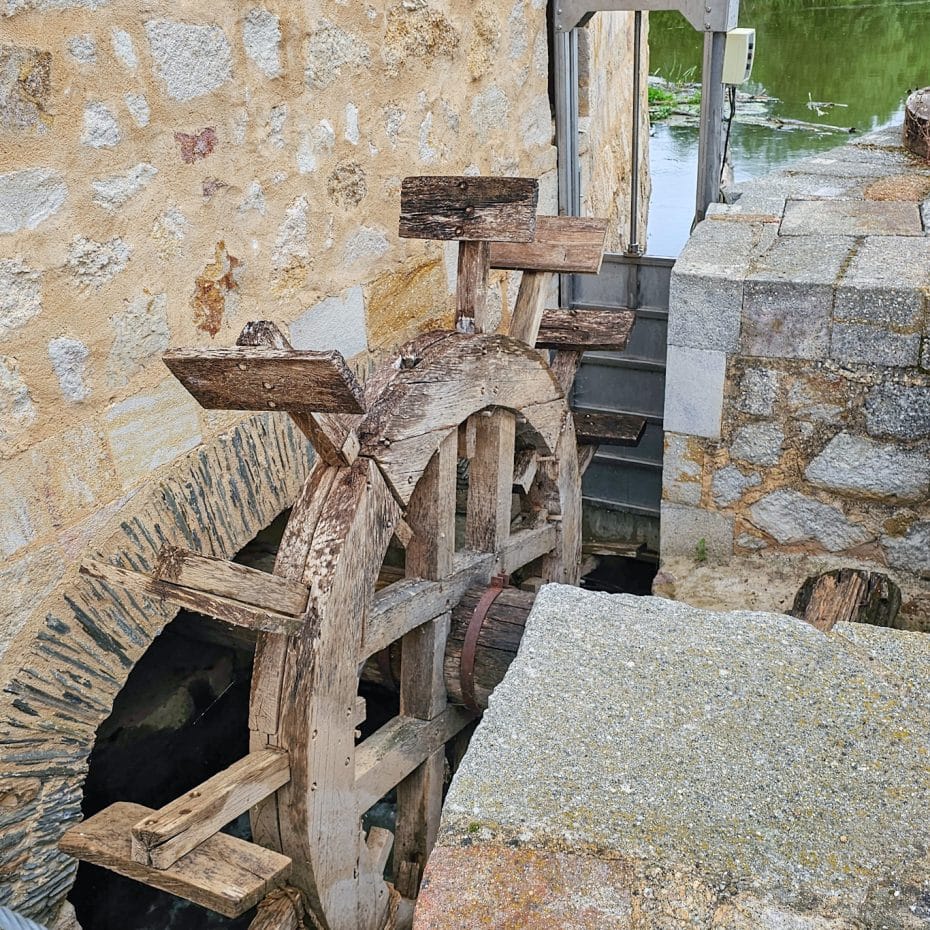
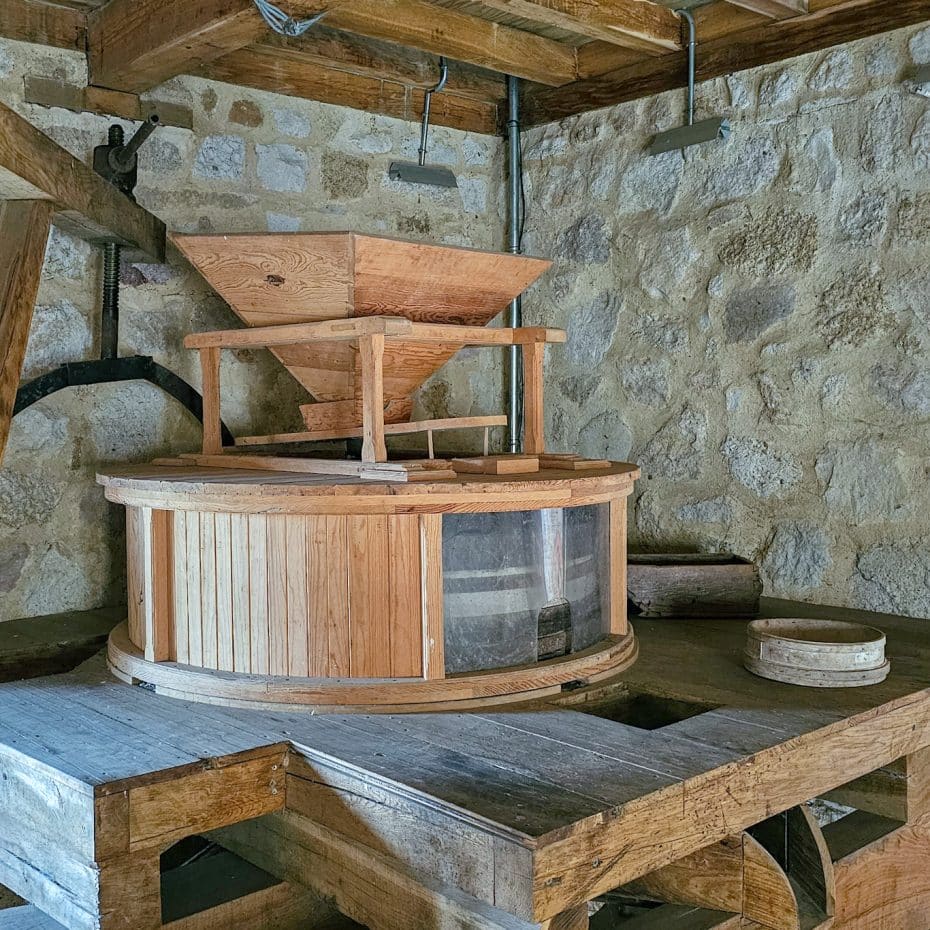
The 17th century brought turbulence; Spain faced economic decline, and Zamora was no exception. Agricultural productivity decreased, causing hardship among locals. The War of Spanish Succession in the early 18th century significantly affected Zamora. Military conflicts led to population decline and structural damage. In the mid-18th century, Carlos III’s reign introduced reforms that improved infrastructure and public health in Zamora.
Entering the 19th century, war impacted Zamora once again as French troops occupied the city from 1808 to 1812. Post-war recovery was slow but steady; notable developments included transportation improvements such as road expansions.
In the early 20th century, Zamora experienced industrialization, though slower than other Spanish regions. The Spanish Civil War (1936-1939) left an indelible mark on Zamora, resulting in significant demographic changes and shifts in political power.
Post-war, under Franco’s regime, Zamora underwent reconstruction and modernization efforts. Infrastructure improvements, such as road expansions and building renovations, took place. From the 1970s onwards, with Spain’s transition to democracy, Zamora benefited from decentralization policies that provided greater autonomy and investment in urban development projects. Tourism gradually grew as an economic driver, emphasizing the preservation of cultural heritage sites like the medieval walls and its various Romanesque churches.
Today, Zamora is recognized for its architectural treasures and vibrant festivals. The Semana Santa celebrations attract thousands every year. Despite modernization, traditional crafts such as embroidery and cheese-making continue to thrive.



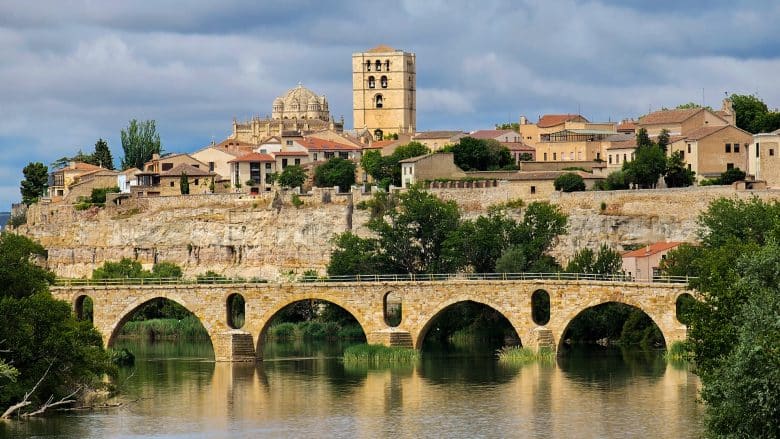




















Leave a Reply
View Comments